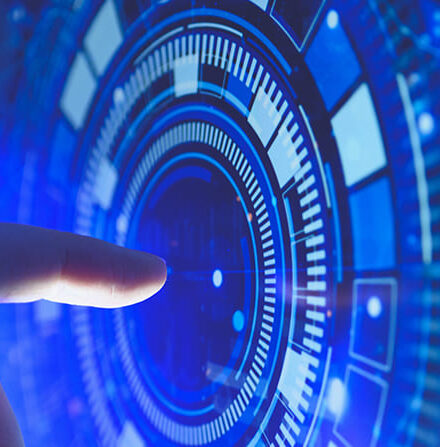Episode 13 Advent of Personal Computers
Wanted to create a Japanese word processor
Acquired PC early on, convinced of its evolution
In 1980, the year after the company was founded, we rented an office in the Nakanishi Building located near Tokushima Station. This meant that we moved from the reception room of my wife Hatsuko’s family home. Although the company has finally taken on an office-like appearance, there were still only two employees: myself, President, and Hatsuko, Managing Director. Even so, it was still a full-fledged company.
“Good morning.”
Every morning when we come to the office together, we would stand up and bow to each other though there were only two of us in the office. It was routine for us to switch into work mode in that way.
The business of selling office computers (so-called “off-comp”) had begun to take off as lease contracts were secured, but to be honest, I was beginning to feel the limitations of this business. The times should require the introduction of computers, but they don’t sell as well as they should. In those days, I was thinking that “my sales efforts weren’t just good enough……”
Meanwhile, we were witnessing the beginning of a major change in the environment surrounding computers in the 1980s. In addition to the original large computers, desktop computers for personal use had appeared.
It was in 1974 that the “Altair 8800”, called the world’s first personal computer, was developed in the United States. The 8-bit personal computer also appeared in Japan. Specifically, NEC’s “PC-8001” was released in 1979 and gained many users.
In 1981, Joshin Denki opened a large PC store consisting of three floors in Osaka’s Den Den Town, but the products it sold were completely different from today’s PCs in terms of performance and usage, and were not widely used by the public.
I got a personal computer early on, and I used it to create simple games using the programming language called “BASIC”. Many software developers at the time viewed PCs as still immature and inefficient machines, but I, on the other hand, was convinced that they would evolve at a faster pace than the public expected.
Eventually, the time should come when “one PC per person” will be introduced. When that time comes, what will be the most sought-after functions of a personal computer?
At that time, it was customary in Japan to write documents by hand using a pen. Japanese typewriters were available, but they were typed one by one by professional typists.
Particularly laborsome were the kanji characters. At that time, each kanji was assigned a JIS code of four alphanumeric characters, which had to be entered one by one. For example, to input the word “input” in kanji, one would type “467E (in)” followed by “4E4F (put)”.
To create a text on a computer, one must look up the JIS code table and enter kanji characters one by one. This is a daunting task that those familiar with today’s computers cannot even imagine. This makes it difficult for the general public to even think of using a computer to create documents. In those days, it was unimaginable that people would be able to input a huge number of daily-use kanji characters with a touch of a keyboard today.
In 1979, Toshiba released “JW-10,” Japan’s first word processor, but its price and size were comparable to those of an office computer. It was not something the average user could afford.
Under these circumstances, I became interested in creating a Japanese word processor that would enable anyone to easily create texts on a computer. I believed that this would dramatically increase the intellectual productivity of the Japanese people.
With office computer sales not going well, I began to ponder such thoughts on my own.

At the office of the Nakanishi Building
(the author is in the center)




